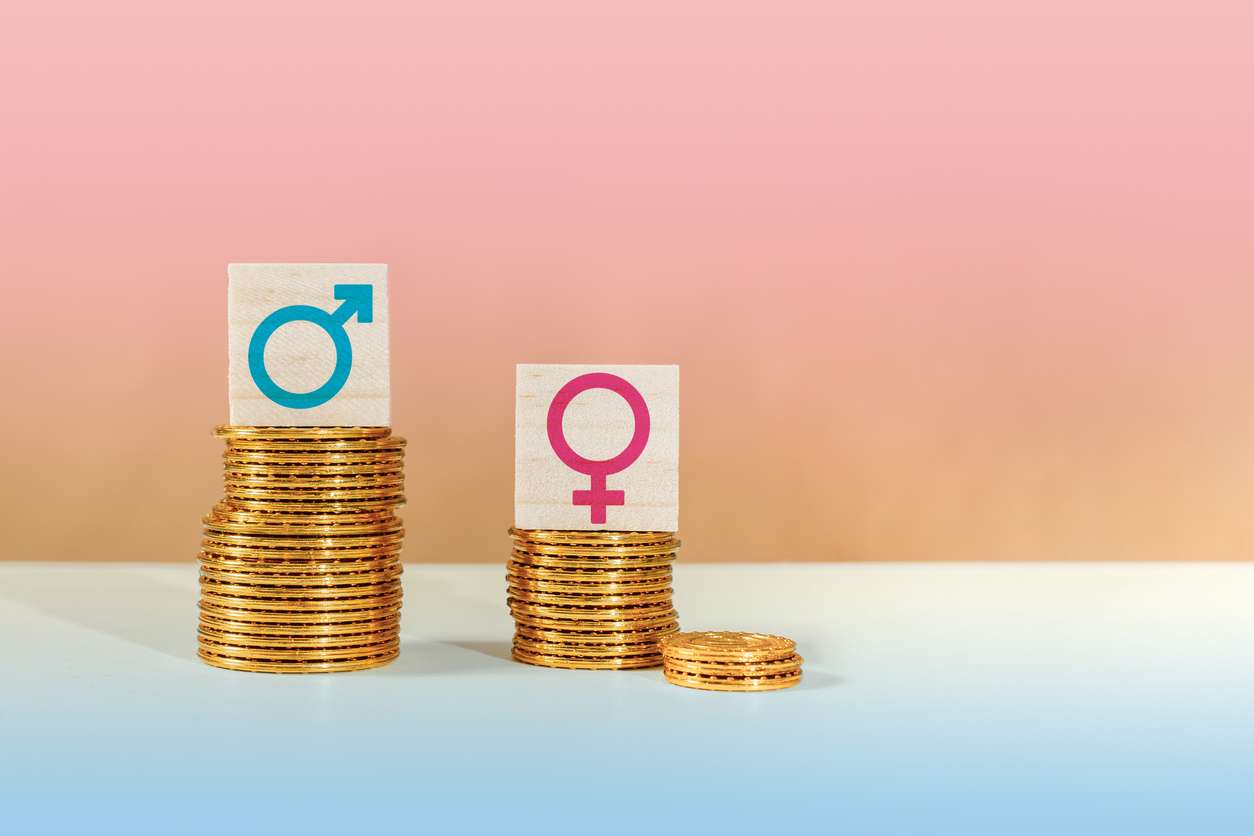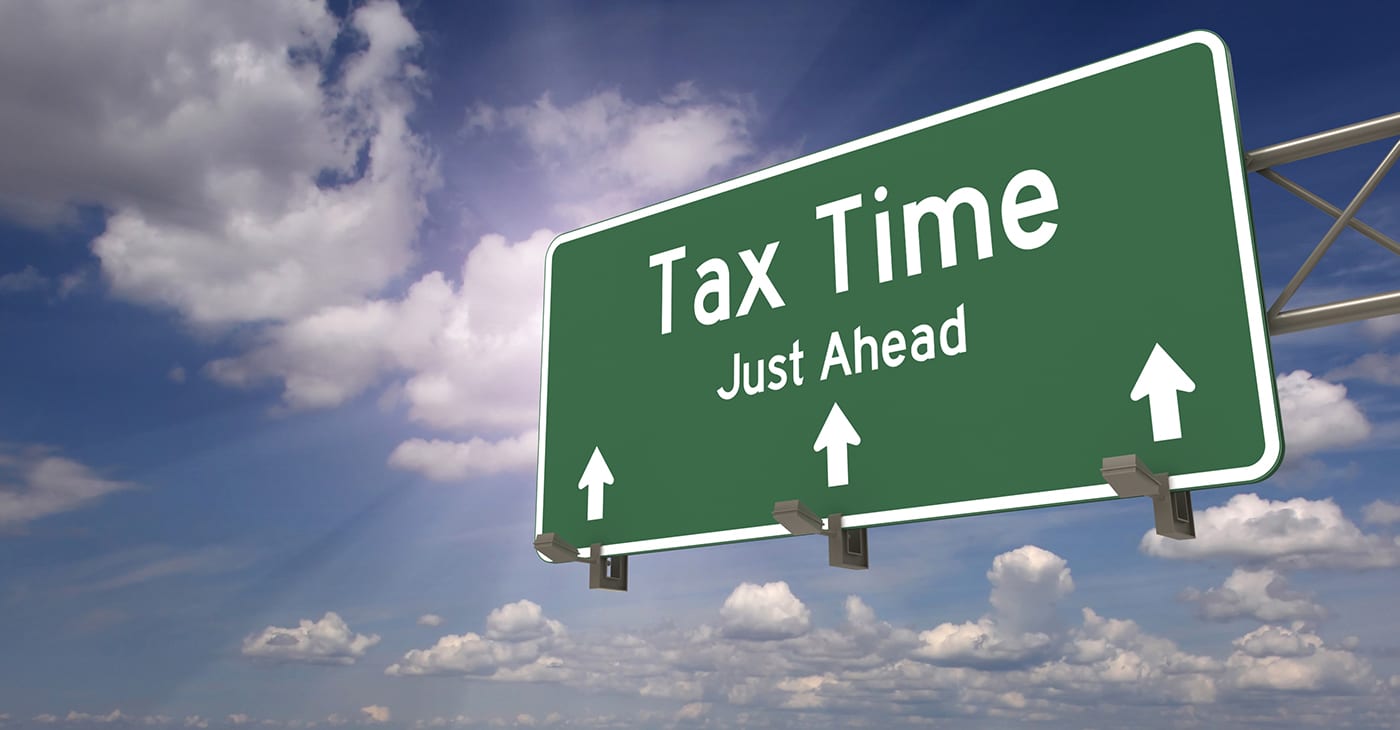By Stacy M. Brown
NNPA Newswire Senior National Correspondent
The Biden-Harris administration used Equal Pay Day to reaffirm their commitment to advancing pay equity and women’s economic security. White House officials said the administration is keenly aware that, despite notable progress in recent years, the gender pay gap remains a significant issue in the United States.
Administration officials noted that the country has experienced a robust economic recovery characterized by equitable growth. Women’s participation in the labor force has reached its highest level in decades, and the gender pay gap has narrowed to its lowest recorded level.
However, the White House acknowledged that challenges persist. They said persistent pay disparities between men and women remain evident, as women earn only 84 cents for every dollar that men earn. These discrepancies are even more pronounced for women of color, exacerbating economic inequalities. Estimates reveal that these inequities result in women losing over $1 trillion annually and hundreds of thousands of dollars over their careers.
The president and vice president asserted that they are dedicated to addressing these disparities and have committed to ensuring equal opportunities for all individuals in the workforce. Recognizing the critical role of pay equity in fostering a strong and inclusive economy, the administration has announced new initiatives to tackle pay gaps and support women’s economic security.
Among the key actions announced are efforts to promote equitable access to high-paying jobs by expanding and diversifying registered apprenticeship programs. Additionally, the Equal Employment Opportunity Commission (EEOC) has released aggregate pay data from 2017 and 2018, providing valuable insights into pay disparities based on various factors such as sex, race/ethnicity, and industry.
The Department of Labor (DOL) has also issued an update to the Bearing the Cost report, which examines the impact of occupational segregation on women’s economic security, particularly for Black and Hispanic women. Occupational segregation, defined as the overrepresentation of women and people of color in lower-paying occupations and industries, is identified as a significant contributor to pay inequity.
The White House wrote in a fact sheet that “the administration has focused on promoting job quality and accessibility, particularly in industries with significant growth potential.”
Programs such as the Good Jobs Initiative and the Million Women in Construction Initiative were started to provide women with more significant opportunities in high-demand sectors like construction and technology.
“Don’t you think that if contractors and companies are using taxpayer money, they should do it with an inclusive workforce?” U.S. Commerce Secretary Gina Raimondo declared when announcing the Million Women in Construction Initiative, “Everyone should have access to these jobs, and that means women and people of color too.”
Overall, efforts to support caregivers, increase the minimum wage, and empower women-owned businesses were also highlighted as crucial components of the Biden-Harris administration’s broader strategy to achieve economic equity.








